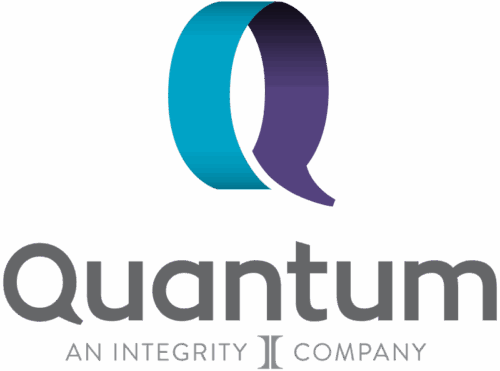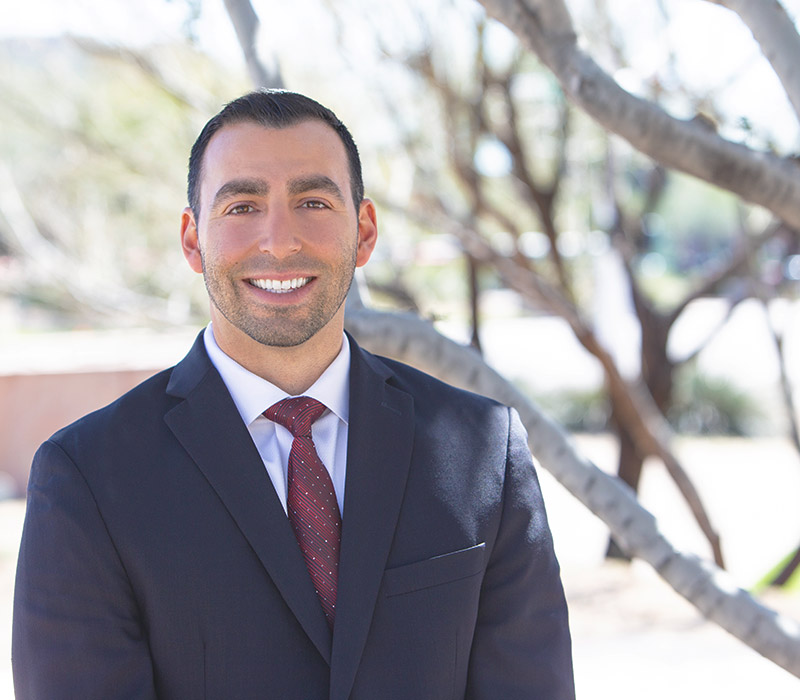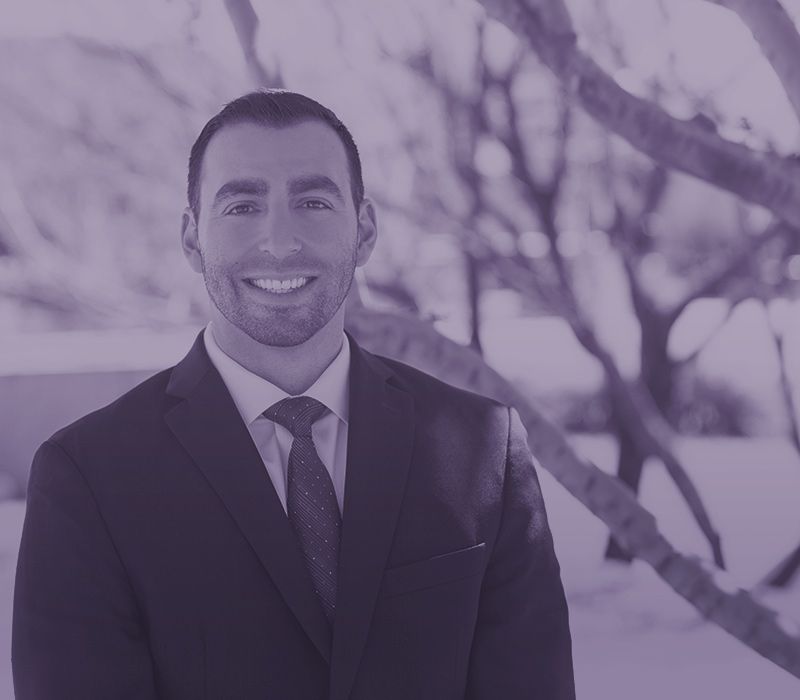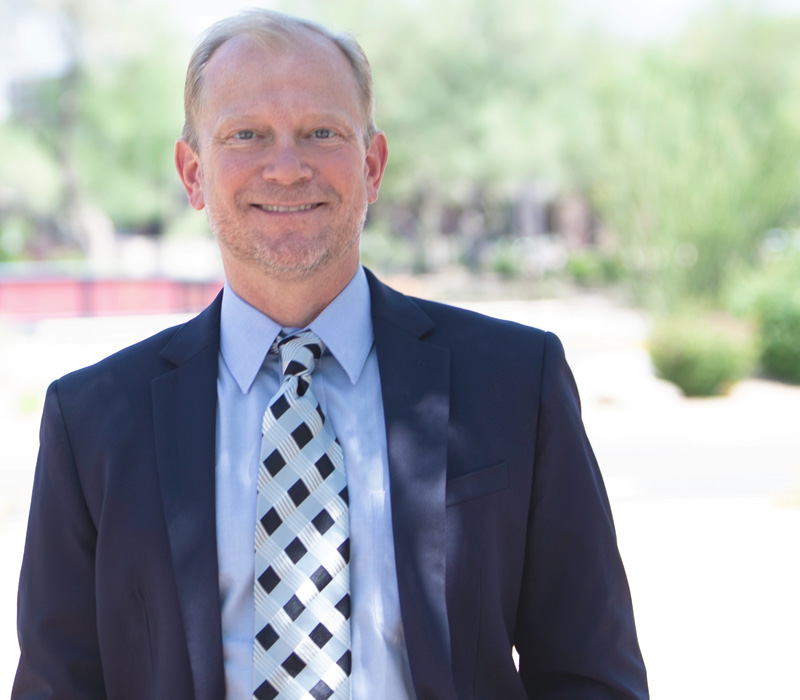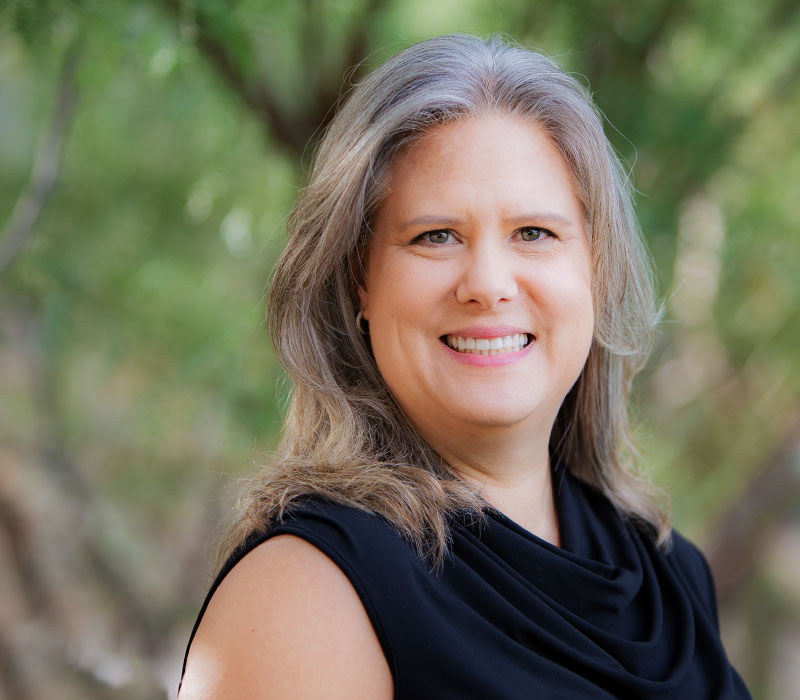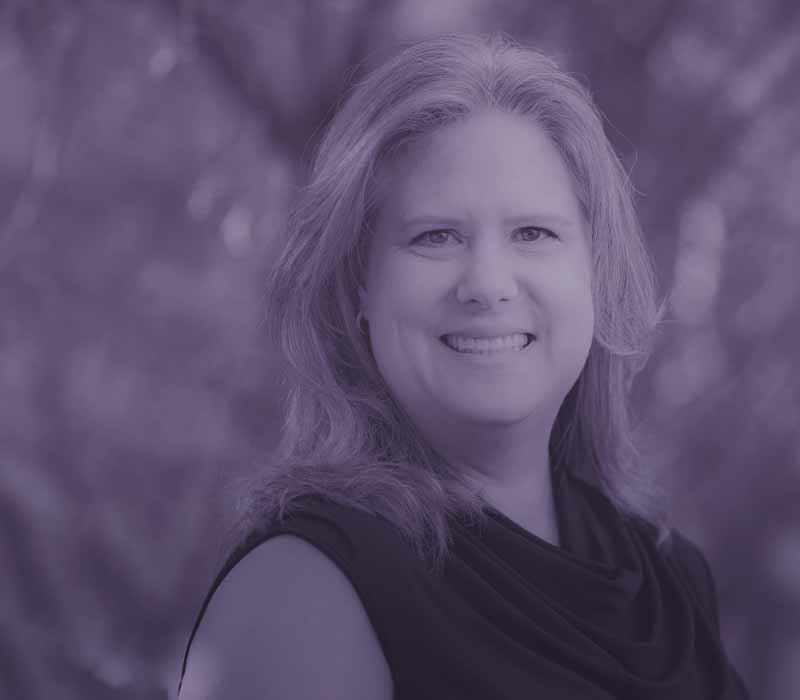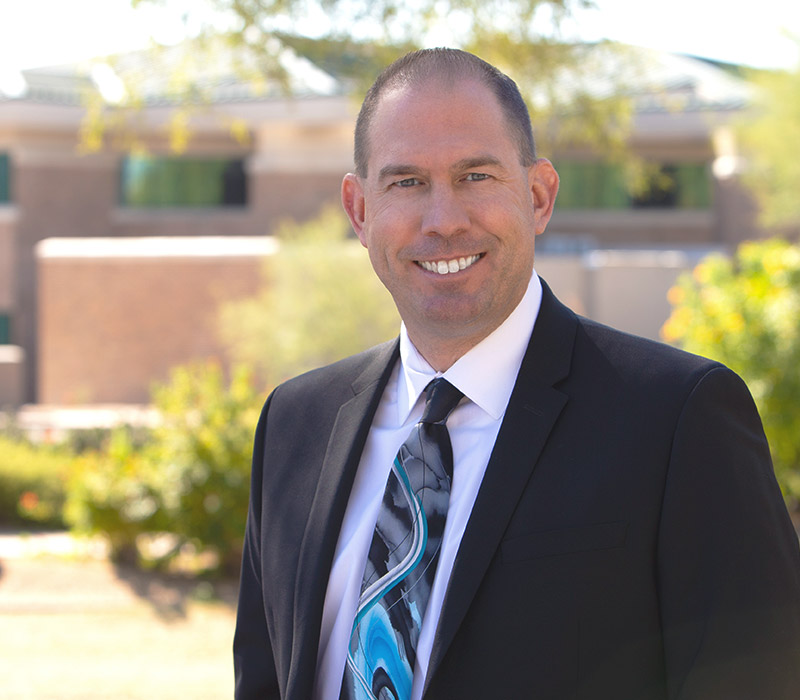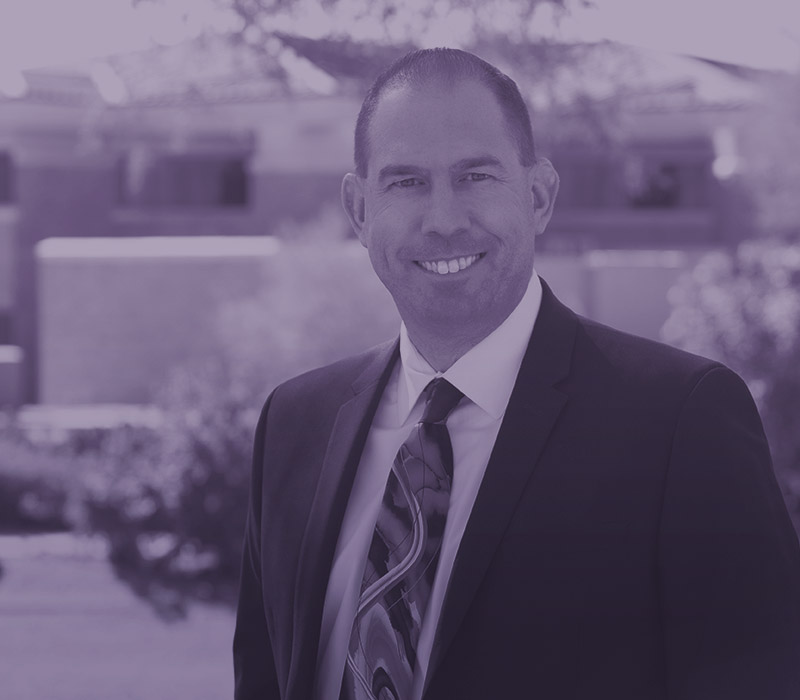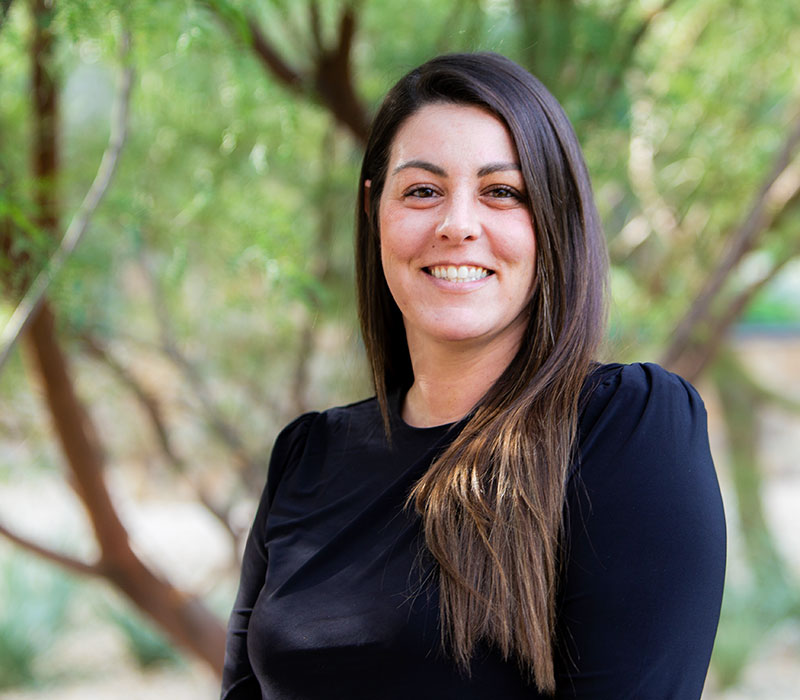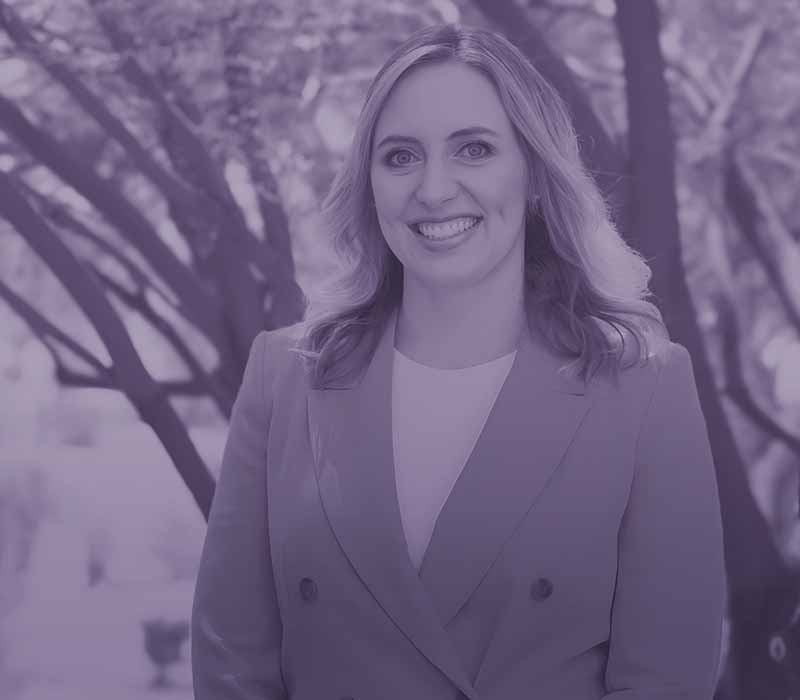In September, Wealth Management spelled out an eye-opening statistic about wealth transfer in the United States: “An estimated $59 trillion will pass from an aging generation to younger generations by 2061, including $21 trillion destined for charities.” In fact, from 2030 through 2045, the peak of the transfer, 10% of the total wealth will change hands every five years.1
It’s important for the financial advisor to try to retain assets and become the trusted resource for their clients’ adult children and grandchildren. But the struggle is real, as “in a majority of wealth transfer cases, assets leave the client’s financial advisor and go to the advisor of the heirs, causing a major transfer of business among professional advisors around the country.”1
Some of your current clients may not talk much about their beneficiaries, and you have to take the lead in getting involved with them in a substantial way. Don’t forget to offer to help their family members out with their financial concerns, like paying for weddings, homes, new babies and college.
Other clients are already concerned that their heirs will squander the large amounts they will inherit. In those cases, you can play a pivotal role, and “family philanthropy” may help.
Philanthropy can help by not only saving on taxes, but also educating heirs and preparing them for their inheritances—while helping you retain management of the finances through future generations.
As an example, one wealthy family created a Donor Advised Fund (DAF) with the help of their advisor. They assemble the entire family twice a year, the first time in February to allocate a dollar amount for each grandchild 8-years-old or older to be distributed from the family’s DAF. At the second meeting in November, each child explains the charity they chose to donate their money to and why it was important to them.1
“The process [of family philanthropy] often calls for a team approach with an assembly of trusted advisors: the financial/investment advisor, CPA/tax consultant, estate-planning attorney, insurance professional and family’s philanthropic advisor. The latter professional is especially effective in navigating the complexities of family dynamics in reinforcing values and a sense of mission in the heirs.”1
It is possible for the financial advisor to learn about many of the philanthropic tools available, so that they play the role of both financial and philanthropic advisor. Wealth Management estimates that as much as 80% of family wealth is held in illiquid assets like closely-held stock, limited liability companies, limited partnerships and real estate, so specific tax-advantaged strategies come into play.1
++++++++++++
Become familiar with options for family philanthropy.1
Familiarize yourself with the various philanthropic vehicles:
- Private foundations (PF)s. Long considered the philanthropic vehicle of choice for families of wealth, PFs come with a perception of prestige, a sense of absolute control over grant-making, as well as the ability to continue family involvement over successive generations. Experts suggest a minimum economical size of $3 million to $5 million.
- DAFs (Donor Advised Funds). Because of their simplicity, flexibility, privacy and low cost, DAFs are the most popular form of planned charitable giving in America now, outnumbering PFs nearly three to one, with a minimum fund size as low as $5,000 to $10,000.
- Use both options. There’s merit in considering the creation of a DAF alongside an existing PF, each having the same name. Because each option has its own merits and limitations, the family has choice in employing which option best accomplishes the wealth transfer strategy desired.
++++++++++++
High-net worth families really do want help with philanthropy, often feeling that their financial gifts aren’t really having an impact, that their money may be being wasted by a charity, or that they are thought of more as a “wealthy bank ATM” instead of their gifts forging true emotional ties with their nonprofit-organization recipients.2
++++++++++++
Wealth Transfer Checklist1
Here’s is a 10-point questionnaire that a financial advisor can use to help the client evaluate the family’s wealth transfer plan:
- Does the client’s family have a mission statement that spells out the overall purpose (the why) of the family’s wealth?
- Has the entire family participated in most important decisions, such as defining the mission of the family’s wealth?
- Do all the heirs have the option of participating in the management of the family’s assets?
- Do heirs understand their future roles and have they “bought into” those roles?
- Have the heirs reviewed the family’s estate plans and documents?
- Do current wills, trusts and other documents provide for a rational distribution of financial and philanthropic assets to the heirs and to charity?
- Does the family’s mission provide incentives and opportunities for heirs to demonstrate their readiness to succeed?
- Are heirs encouraged to participate in the grant-making decisions of the family?
- Does the family consider family unity to be just as important as family financial strength?
- Does the family communicate well throughout the family and regularly meet as a family to discuss issues and change?
Sources:
1 “Ten Questions to Help Families Navigate the Great Wealth Transfer,” Wealthmanagement.com. https://www.wealthmanagement.com/high-net-worth/ten-questions-help-families-navigate-great-wealth-transfer (accessed December 17, 2018).
2 “Clients Want To Be Better Donors,” Wealthmanagement.com. https://www.wealthmanagement.com/philanthropy/clients-want-be-better-donors (accessed December 17, 2018).
This article is for informational and educational purposes and are not designed, nor intended to be applicable to any person’s individual circumstances. It should not be considered as investment advice, nor does it constitute a recommendation that anyone engage in (or refrain from) a particular course of action.
The Quantum Group USA, LLC, its employees and representatives are not authorized to give tax or legal advice. You and your clients are encouraged to seek advice from a qualified tax professional or legal counsel.
FOR FINANCIAL PROFESSIONAL USE ONLY – NOT FOR USE WITH THE PUBLIC


